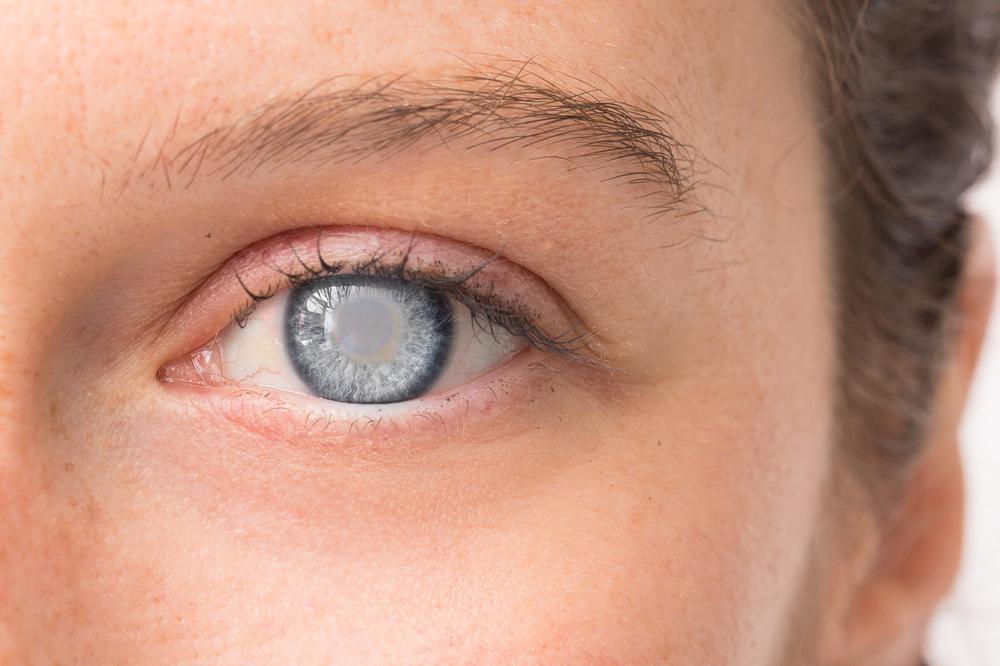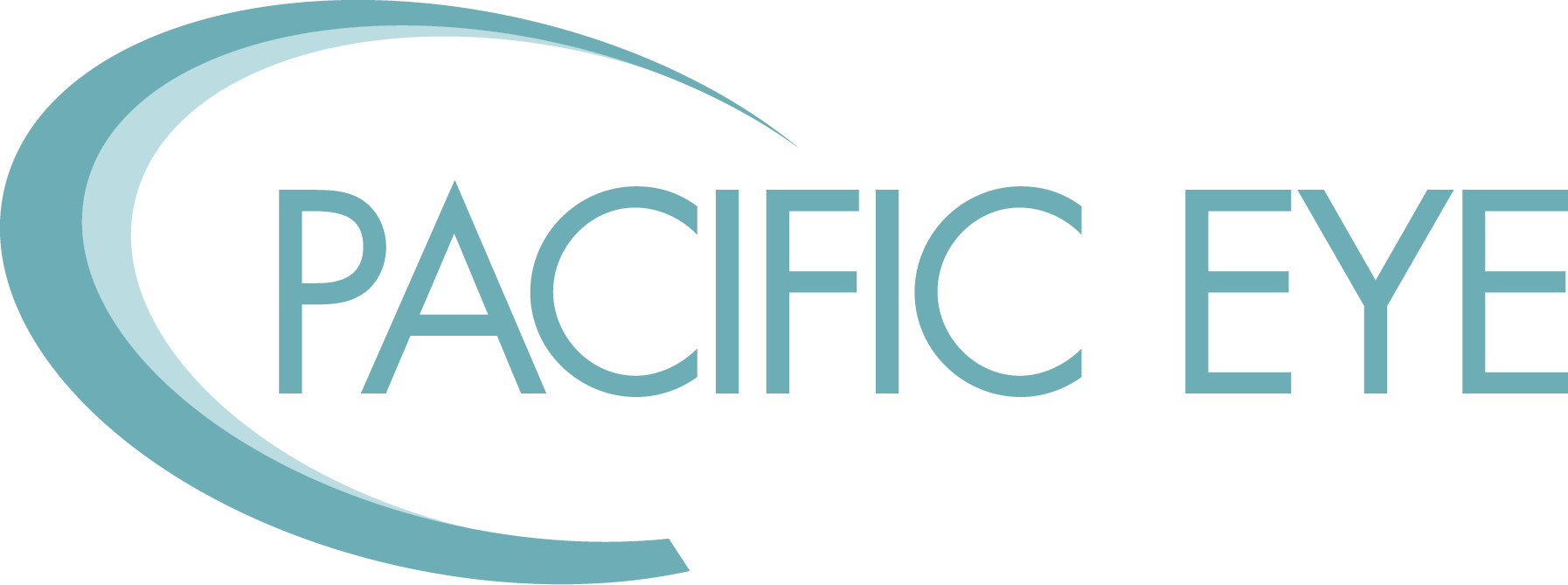
As your eyes age, the normally clear lens that focuses light behind your iris and pupil becomes yellow and cloudy with dead cells and protein. The cataracts that result are a normal part of aging as your body replaces old and dying cells more slowly.
More than 50% of Americans 80 and older develop cataracts, but confusion surrounds what they are, why they impair your vision, and what you should do about them. Our expert ophthalmologists at Pacific Eye in San Luis Obispo, Lompoc, Paso Robles, Pismo Beach, and Santa Maria, California, clear up a few myths about cataracts to help you take control of your eye health.
Myth: Cataracts grow on your eyes
Fact: Cataracts are not growths. Cataracts don’t grow over your lens or eye. They are permanent changes to your eye’s natural focusing lens.
As you age, the proteins that make up the lens in your eye start to break down and clump together. The clumped proteins — combined with slower cell turnover in your lens — makes your lens cloudy and yellow, which affects the way you see.
Correcting a cataract involves removing the old, deteriorated lens and replacing it with a synthetic one. Your ophthalmic surgeon chooses the type of synthetic lens based on your individual vision needs.
Myth: You can dissolve cataracts with eye drops
Fact: Cataracts can’t be “dissolved.”
A cataract isn’t a substance that can be dissolved with any type of eye drop. Cataracts are changes to the structure of your lens that occur as you age. The only way to treat cataracts is to remove the defective lens and replace it with a synthetic lens.
Myth: You can cure cataracts with lifestyle changes
Fact: Lifestyle changes won’t reverse cataracts.
Once your lens is clouded with old proteins and dead cells, you can’t revive it. Though eating a healthy diet and getting plenty of exercise may help slow the formation of cataracts, they can’t “cure” a lens that’s already deteriorated.
Myth: Only old people develop cataracts
Fact: Some young people have cataracts.
Although cataracts are a disease of aging, you can develop them at a younger age. Certain medications, such as corticosteroids, can cause changes to your eyes that lead to cataracts. Some babies are born with a type of cataract called congenital cataracts.
Myth: Too much reading or close work causes cataracts
Fact: You can’t create cataracts through habits.
When you have cataracts, you may have trouble reading or doing close work such as sewing or crafts. However, engaging in those types of activities doesn’t cause your lens to degrade.
Myth: Cataract surgery is dangerous
Fact: Cataract surgery is safe.
Cataract surgery has a 95 percent success rate and is one of the most common and safest surgeries. For a few days after surgery, be sure not to do any heavy lifting or bending. You may notice an immediate improvement after surgery, or a gradual improvement over several weeks.
Myth: Cataracts grow back after surgery
Fact: Cataracts can’t grow back.
Once your defective lens has been removed, it can’t grow back. Some people develop cloudy vision again because the membrane that holds the new synthetic lens deteriorates with age. However, a 15-minute, in-office laser procedure quickly, safely, and easily resolves that problem.
Myth: All cataracts should be removed
Fact: You may not need surgery if you still see well.
If your ophthalmologist finds a cataract during your eye exam, you don’t necessarily need to have surgery. Cataracts develop over many years. As long as you still see well, you can delay surgery or may never need it.
Myth: Cataracts are inevitable
Fact: Practicing good habits protects your eyes.
While good habits won’t reverse or prevent cataracts, they can preserve the health of your lens. The sun’s UVA and UVB rays damage your lens, just like they damage your skin, so protect your eyes with the shade of a hat and UV-protective sunglasses when you’re outdoors.
A healthy diet with plenty of fresh vegetables and fruits improves your eye health and your overall health. Smoking and drinking to excess dry your skin and eyes, making you more susceptible to developing cataracts. Be sure to get a dilated eye exam every two years when you’re over 60, so cataracts and other potential eye problems can be identified as early as possible.
Call us anytime you experience symptoms such as:
- Blurred or foggy vision
- Double vision
- Seeing halos around objects
- Changes in color vision
- Problems with glare and bright lights
- Trouble seeing at night
- Needing more light to read or do other kinds of work
- Needing to change eyeglass or contact lens prescriptions frequently
You may need cataract surgery if your vision problems make it hard for you to get through your daily tasks.
To find out if you have cataracts, or need cataract surgery, call our office today or use our convenient online booking tool.







